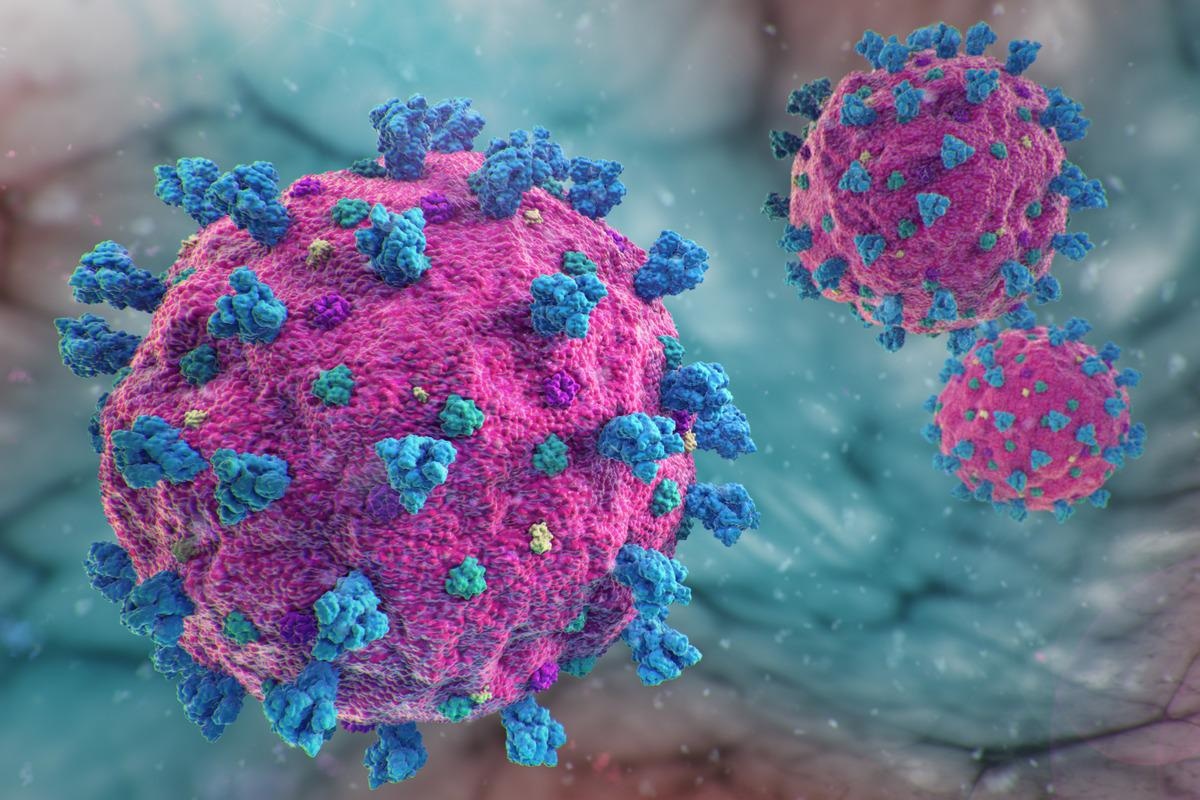The ongoing coronavirus disease 2019 (COVID-19) pandemic has massively affected the global healthcare system and economy. This pandemic has been caused by a novel RNA virus, namely, severe acute respiratory syndrome coronavirus 2 (SARS‐CoV‐2).
 Study: Characterization of SARS-CoV-2-Specific Humoral and Cellular Immune Responses Induced by Inactivated COVID-19 Vaccines in a Real-World Setting. Image Credit: Andreas Matzke/Shutterstock
Study: Characterization of SARS-CoV-2-Specific Humoral and Cellular Immune Responses Induced by Inactivated COVID-19 Vaccines in a Real-World Setting. Image Credit: Andreas Matzke/Shutterstock
Scientists have worked unprecedentedly to create effective COVID-19 vaccines that can protect individuals from contracting an infection or developing severe symptoms. Vaccines have also significantly reduced the global mortality rate due to SARS-CoV-2 infection. In most countries worldwide, rapid vaccination programs have commenced, which helped healthcare systems, and as the lockdowns have been relaxed, the economy has started to recover.
Background
Several COVID-19 vaccines have received emergency use authorization (EUA) from global regulatory bodies. These vaccines are based on varied principles, such as mRNAs, inactivated virus particles, and viral vectors expressing the spike protein of SARS-CoV-2 or adjuvanted spike protein subunits. Among the different COVID-19 vaccines, inactivated vaccines are the most popular COVID-19 vaccines. For instance, more than two billion doses of inactivated COVID-19 vaccines have been administered just in China.
The development of vaccines based on an inactivated virus is a mature technology. In the case of the development of inactivated virus-based COVID-19 vaccines, SARS-CoV-2 was grown in cell culture, usually on Vero cells, subsequently inactivated via chemical treatments. As the whole virus is subjected to the immune system, the immune responses are triggered not only by the SARS-CoV-2's spike (S) protein but also the membrane (M), envelope (E), and nucleocapsid (N) proteins.
In China, clinical trials have reported the effectiveness and immunogenicity of three COVID-19 vaccines, namely, BBIBP-CorV, CoronaVac, and WIBP-CorV, which are based on the inactivated virus. Scientists stated that real-world vaccination practices are more flexible, where the interval between the first and second dose of inactivated COVID-19 vaccines may vary. Also, a diverse combination of these vaccines has been applied in the first and second vaccination doses.
A new study
Understanding the antigen-specific T- and B-cell responses is important because they provide sustained protection against viral infections. The neutralizing antibodies (NAbs) produced by the B cells can bind with SARS-CoV-2 and prevent its entry into host cells. T cells limit viral replication by decreasing the number of infected cells and diminishing severe infection.
Scientists stated that not much evidence is available on the SARS-CoV-2-specific humoral and cellular immune responses induced by inactivated COVID-19 vaccines in real-world practice. This is the reason why a group of scientists has characterized immune responses, i.e., antibodies and T cell responses, against inactivated COVID-19 vaccines and published the findings in Frontiers of Immunology. In this study, researchers identified and recruited volunteers who received inactivated COVID-19 vaccines in real-world settings.
Main findings
This study revealed that most individuals of the study cohort showed the presence of both the humoral and the cellular SARS-CoV-2-specific immune responses induced after two doses of inactivated COVID-19 vaccines. Scientists reported that after 10-57 days of administering the second dose of vaccination, the seroconversion rates associated with IgG levels against SARS-CoV-2 spike's receptor-binding domain (S-RBD IgG) and NAb were 87.06% and 78.82%, respectively.
According to the phase 1 clinical trials of CoronaVac, the interval between the first and second dose of vaccination plays an important role in the seroconversion rates of NAb and S-RBD IgG. Researchers reported that an interval of twenty-eight days showed greater seroconversion rates compared to fourteen days. The current study's findings are in line with previous studies that reported a longer interval between the first and second of COVID-19 vaccine elicits a higher concentration of S-RBD IgG.
Interestingly, scientists observed a superior antibody response in female participants compared to male participants. A similar observation has been reported where female participants who received anti-COVID-19 mRNA vaccines showed robust SARS-CoV-2-specific humoral responses compared to males.
A previous study reported that recipients of the BBIBP-CorV vaccine raise specific T cell responses that recognize S, E, and N proteins of SARS-CoV-2. The authors of this study reported that the levels of SARS-CoV-2-specific CD4+ T cell responses were significantly increased after a single dose vaccination. These levels were further enhanced after the second dose of vaccination.
In this study cohort, 95% of participants possessed detectable SARS-CoV-2-specific CD4+ T cells after two doses. Scientists also revealed that S- and N-specific CD4+ T cell responses were more robust than M-specific CD4+ T cell responses.
Conclusion
The duration of humoral and cellular immunity generated by inactivated vaccines needs to be characterized in the future. This study highlights that the immune responses induced after the first vaccination are extremely short-lived. In contrast, two doses of the vaccine produce stronger S-, N-, and M-specific CD4+ T cell responses sustained for over two months in most individuals. Therefore, the authors emphasize booster vaccination's importance in eliciting a robust immune response that will protect individuals from SARS-CoV-2 infection.